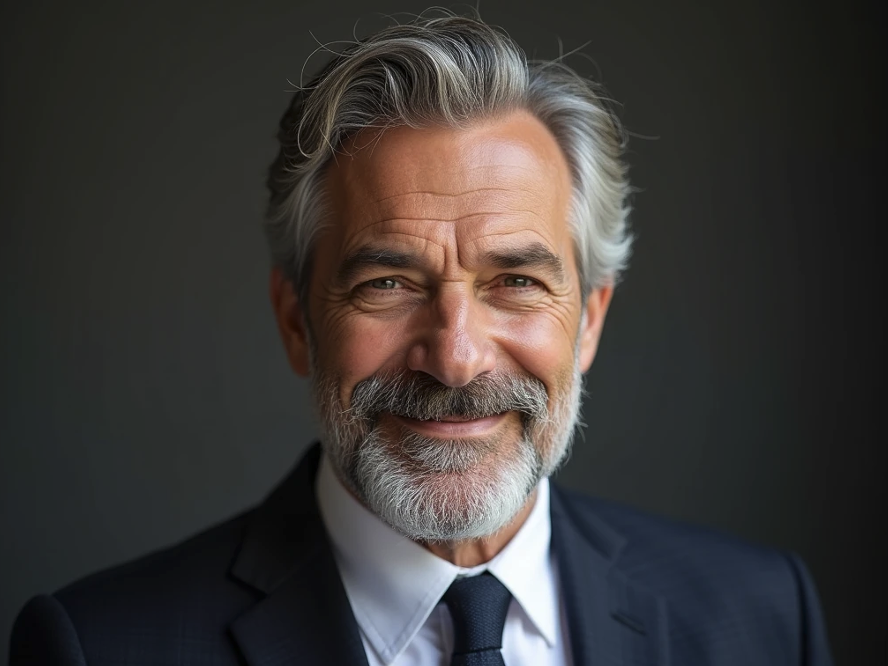The advent of AI, which can produce remarkably lifelike portraits and selfies, has brought about a paradigm change in self-portraiture and selfie creation. It has always taken a lot of talent and patience for photographers to capture the "essence" of their subjects in their work. Thanks to AI algorithms trained on huge datasets, anyone can now effortlessly create portraits that seem like they were painted by an expert.
After that, their neural networks can create an endless number of styled portraits that look just like the person. When done well, these images show subjects in all their expressive, dynamic glory, far beyond what is possible with still photographs.
Those who were quick to embrace these technologies have used them to breathe new life into images of departed loved ones. For instance, by uploading a few pictures of a grandparent, they may create media that shows them in a positive light. The result may be profoundly affecting, as they have returned in digital form. Artificial intelligence has created new avenues for remembering and reminiscing.

In the last few decades, artificial intelligence (AI) has revolutionized photography. AI has completely transformed the way we take, analyze, and improve images, from simple editing tools to complex computer vision systems.
The first use of AI in photography was to automate simple editing processes. Basic AI-powered tools for changing brightness, contrast, and sharpness first appeared in the 1990s. These early products set the foundation for more advanced AI algorithms.
The capacity of AI to edit photos has grown substantially with the expansion of computational power.
Significant advances in picture identification were made possible by the advent of deep learning and neural networks. Faces and objects were the first things that early computer vision systems could identify. Artificial intelligence models could recognize particular artists, locations, and landmarks as they advanced. These developments allowed for the introduction of robust AI-driven features:
AI can even take written descriptions and create whole new, lifelike pictures. This cutting-edge technology is revolutionizing various industries, from design to marketing, by enabling hyper-realistic image generation. An excellent example of this innovation is the AI Powered Headshot Generator which allows users to create professional-quality headshots in minutes without the need for a photoshoot
Images may have faces, objects, and scenes recognized using computer vision algorithms. These functionalities are made possible by this technology:
Intelligent object selection for editing programs
Filtering based on content to remove or add items
Facial recognition may single out specific people in photos to take it a step further. Its primary function in portrait photography is categorizing and labeling images according to the subject.
These capabilities are revolutionizing the way we take, edit, and organize images through AI. They simplify hitherto difficult jobs for photographers of all skills.
AI-powered retouching tools have revolutionized our ability to edit and improve photographs. Facial recognition algorithms offer exact picture retouching by automatically smoothing skin and improving features.
AI-powered noise reduction technologies can sharpen and clean up photos even in low-light situations. Smart selection tools simplify and improve the accuracy of difficult masking procedures.
Thanks to style transfer algorithms, we may now edit our own photos to look like those of well-known artists and photographers. Artificial intelligence may also create photo-enhancing synthetic components that seem quite genuine, opening up new avenues of expression.
AI-powered noise reduction approaches have greatly enhanced image quality, particularly in low-light situations. AI algorithms are very good at analyzing data, reducing noise, and keeping textures and features intact. This is especially useful for professional portraits and headshots, where clarity and detail matter.
Artificial intelligence has also revolutionized color correction. These systems are now capable of making very accurate automated adjustments to white balance, saturation, and tone range. In our experience, color grading systems powered by AI can now perform tasks that used to require a lot of human effort in a fraction of the time. Tools like Smartshot's free headshot generator take advantage of these advancements, ensuring high-quality, well-balanced images with minimal effort.
The sophistication of AI sharpening algorithms has dramatically improved. Images are sharper and more detailed because they can selectively improve textures and edges without adding artifacts.
With cameras driven by AI, better exposure and focus are possible since they can improve settings in real time. In low light, they may lessen background noise. Using post-processing AI software, images may be sampled in resolution, details can be sharpened, and blur can be reduced. AI can automate many parts of the shooting process. It can organize and tag vast collections of photographs based on content or style.
AI makes batch processing easier, so photographers may swiftly apply the same modifications to several photographs. Automating these processes allows for greater creativity.